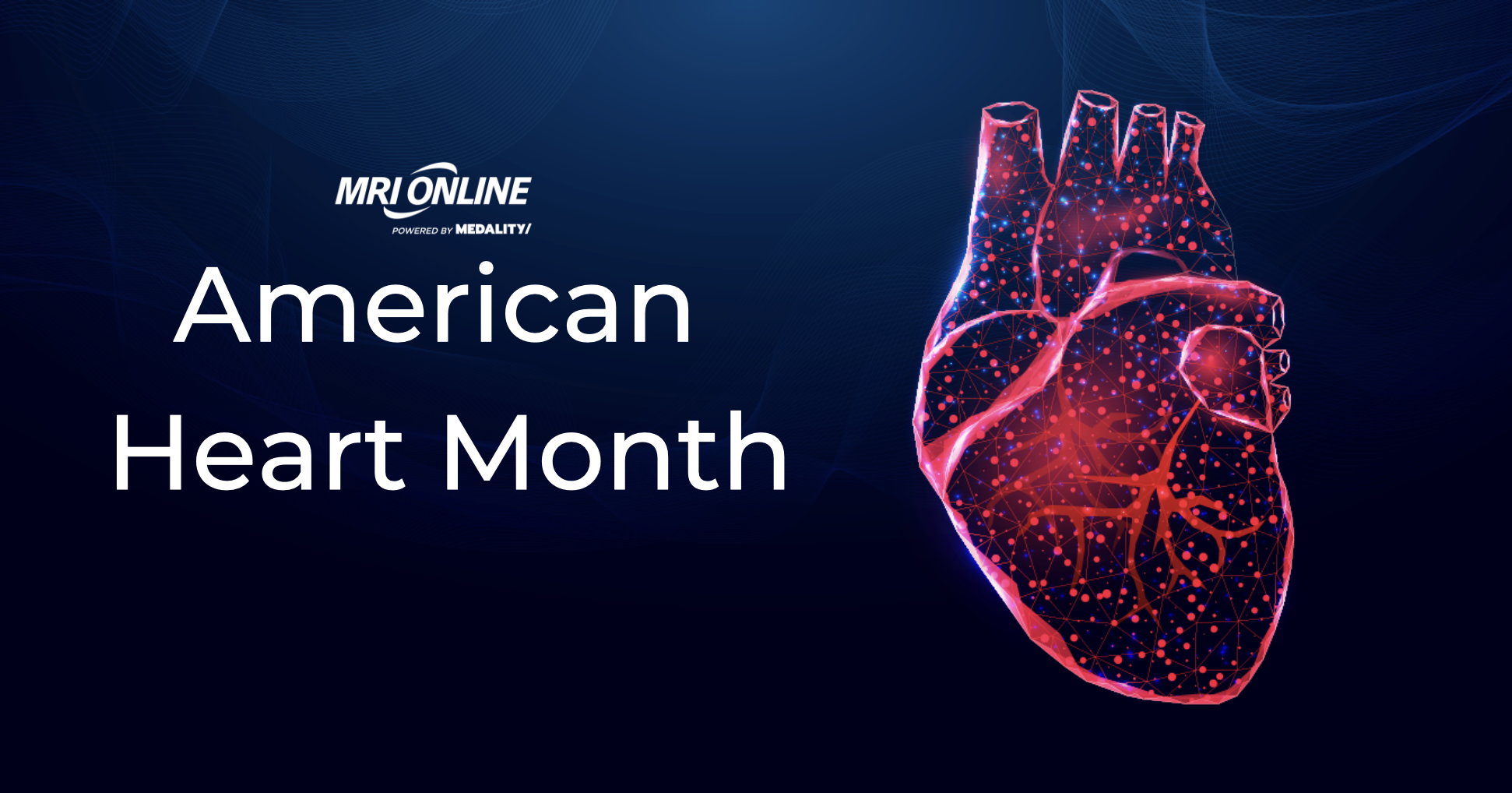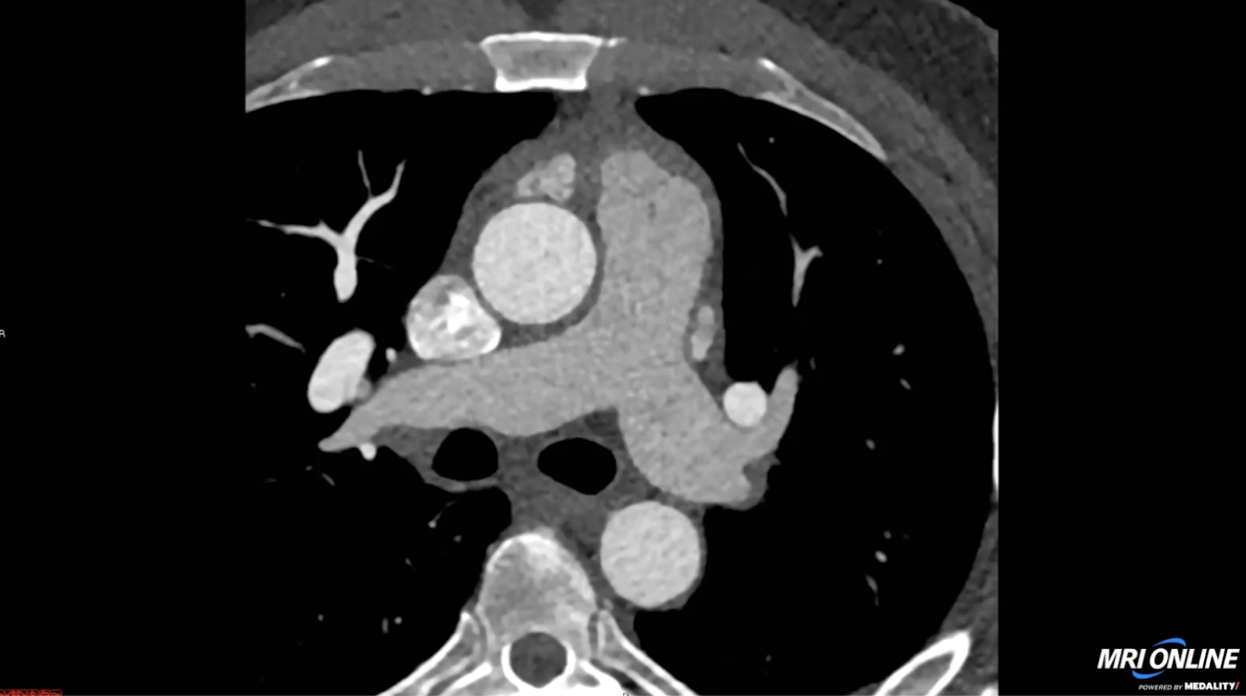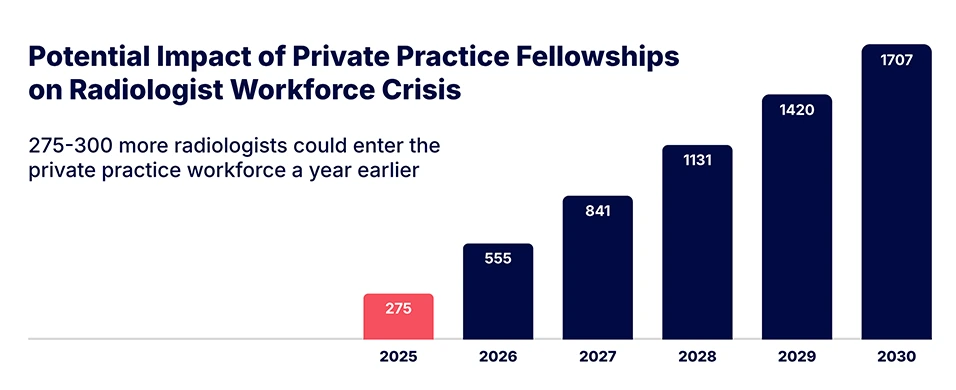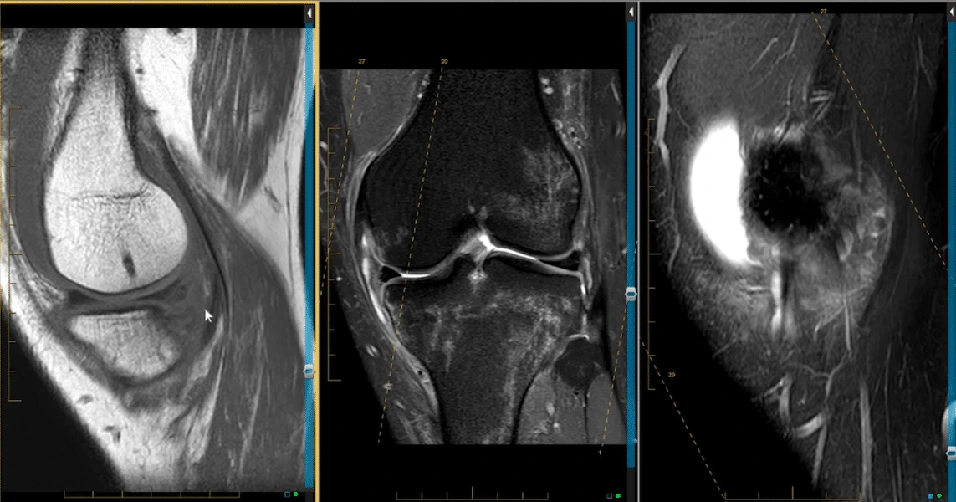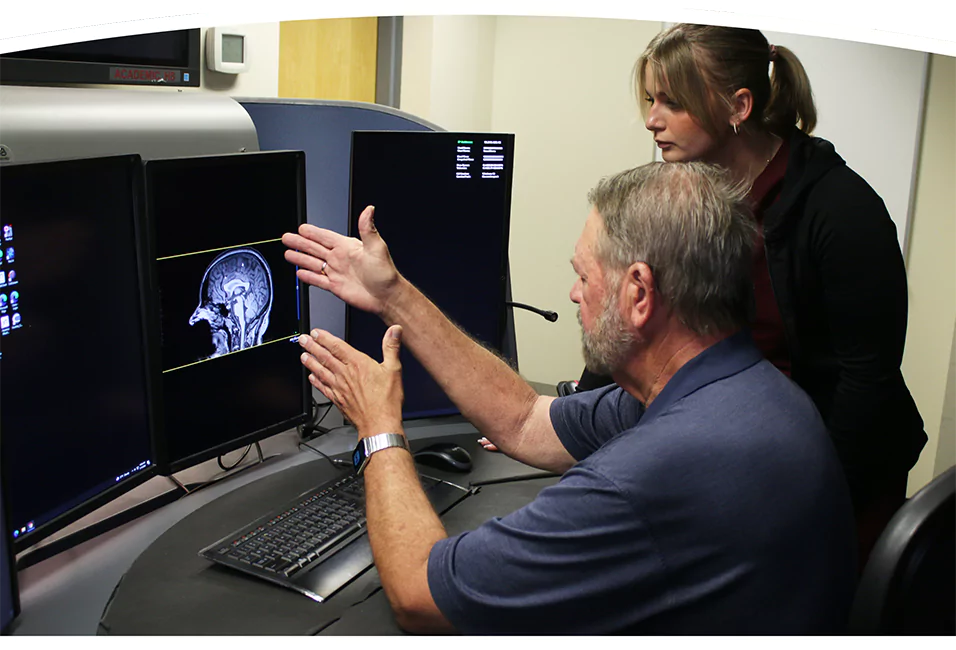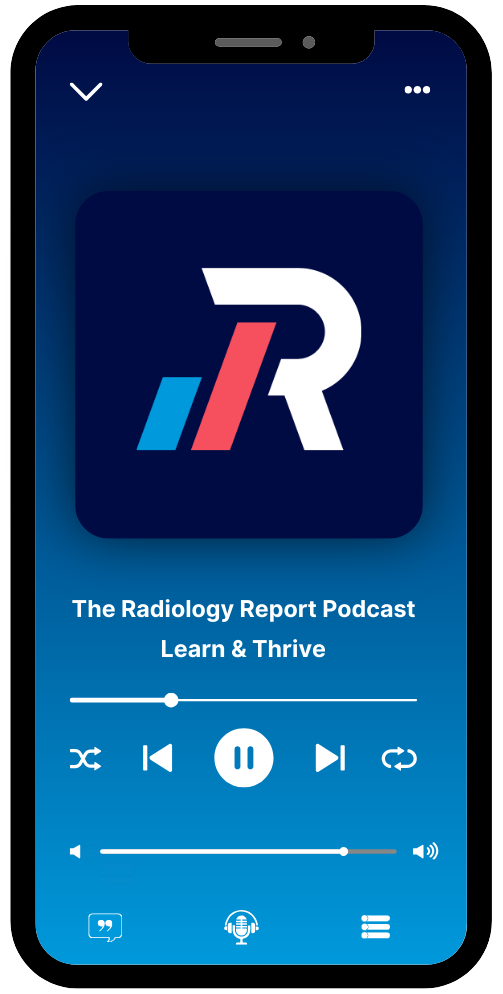February is designated as American Heart Month, a time to raise awareness about cardiovascular health, heart disease, and its impact on individuals and families.1
The annual celebration started in 1963 when President Lyndon B. Johnson established February as American Heart Month to encourage Americans to join the battle against heart disease.2 Each year, a presidential proclamation is published that pays tribute to researchers, physicians, public health professionals, and volunteers for their work in preventing, treating, and studying heart disease, which is the leading cause of death for both men and women in the United States.3
During Heart Month, organizations and individuals come together to educate the public about heart disease, its risk factors, and ways to prevent it. This includes promoting healthy lifestyle choices such as eating a balanced diet, getting regular exercise, managing stress, and, in some cases, medicine.
One of the most important ways to prevent heart disease is through regular screenings and check-ups. This includes checking blood pressure, cholesterol levels, and other markers that can indicate a person’s risk for heart disease.4 People who are at high risk for heart disease, such as those with a family history of the condition, should be especially vigilant about getting regular screenings.
Another important aspect of Heart Month is raising awareness about the warning signs of a heart attack. These include chest pain or discomfort, shortness of breath, and pain or discomfort in the arms, back, neck, jaw, or stomach.5 Knowing the warning signs and seeking medical attention quickly can save lives.
American Heart Month is also a time when the medical community shines a light on hypertension (high blood pressure), which is a leading risk factor for heart disease and stroke. High blood pressure is a common condition where the force of blood against the walls of the arteries is too high, which can put a significant amount of strain on the heart and cause damage to the blood vessels.6 This can increase the risk of serious health problems over time and may require the care of a radiologist.
Radiologists play a crucial role in the diagnosis and management of hypertension, as they use imaging techniques such as CT scans and MRI to assess the health of the blood vessels and identify any damage caused by high blood pressure.7 They also work closely with other healthcare professionals to develop treatment plans and monitor the progression of the disease, helping to reduce the risk of serious complications such as heart attacks and strokes.
Overall, American Heart Month is a time to raise awareness about heart disease and its impact on individuals and families. It’s a time to educate the public about the disease, its risk factors, and ways to prevent it. Also, it’s an opportunity to raise awareness about the warning signs of a heart attack and to support those who have been affected by heart disease. Radiologists can also get involved by staying on top of their cardiac education. Changes in the standard of care for cardiac imaging mean there’s an increasing need for radiologists to be able to read cardiac CT and MRI.
By working together, we can help to reduce the number of people affected by heart disease and improve the lives of those who have been touched by it.
Are you ready to learn from the top Cardiac Radiologists in the world? Begin by watching this free Cardiac case review with Dr. Stefan Zimmerman.
———–
- https://www.cdc.gov/heartdisease/american_heart_month.htm
- https://www.acc.org/latest-in-cardiology/articles/2017/02/21/12/42/the-evolution-of-american-heart-month
- https://www.cdc.gov/heartdisease/index.htm
- https://www.heart.org/en/health-topics/consumer-healthcare/what-is-cardiovascular-disease/heart-health-screenings
- https://www.mayoclinic.org/diseases-conditions/heart-disease/symptoms-causes/syc-20353118
- https://www.nhlbi.nih.gov/health/high-blood-pressure
- https://jcmr-online.biomedcentral.com/articles/10.1186/1532-429X-14-28
